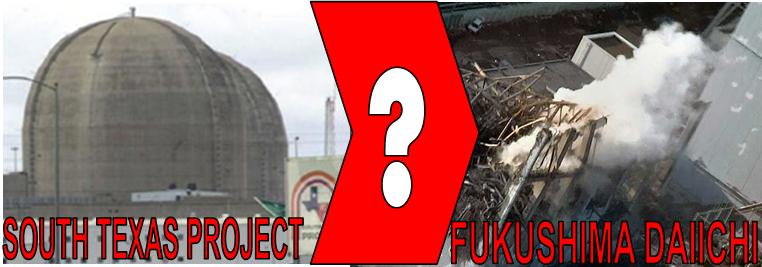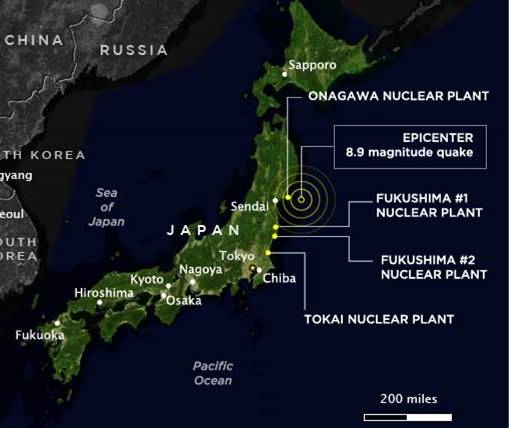In a New York Times piece, they report on a study by the Ochs Center for Metropolitan Studies in Chattanooga, TN, which takes an in-depth look at the promises of jobs made by builders of new coal plants.
No one should be surprised to learn that when wooing a community, developers in just about every industry tend to overestimate the number of jobs they expect to create when they they build that new shopping mall, industrial park, widget factory or coal plant.
The Ochs Center findings suggest that the trade-off that many cash-strapped communities make — specifically, accepting the health and environmental risks that come with having a new coal-burning power plant in their midst, in return for a boost in employment — is not what it’s cracked up to be. In all cases they studied, what these communities were promised, isn’t what was delivered.
The analysis looked at the six largest new coal-fired power plants to come online between 2005 and 2009, including facilities in Pottawattamie County, IA; Milam and Robertson Counties, TX.; Otoe County, NE.; Berkeley County, SC; and Marathon County, WI. All of the plants had capacities that exceeded 500 megawatts.
Researchers looked at each project’s initial proposals and the job projection data, from public statements, published documents and other material. They then looked at employment — before, during and after construction — in the areas where the projects were built, relying chiefly on the Bureau of Labor Statistics’ Quarterly Census of Employment and Wages.
The results: only a little over half, or 56 percent of every 1,000 jobs projected, appeared to be actually created as a result of the coal plants’ coming online. And in four of the six counties, the projects delivered on just over a quarter of the jobs projected.
So communities are left with fewer jobs than promised and a plethora of harmful emissions like sulfur dioxide and nitrogen oxide, mercury and planet-warming carbon dioxide. These emissions contribute to a long term legacy of thousands of deaths over the lifetime of a plant, according to an estimate by the Clean Air Task Force. Hardly a bargain in our estimation, but what a good deal for the coal plants.
Click here to read the New York Times blog: Coal, Jobs and America’s Energy Future by Tom Zeller.
Click here to read the report, A Fraction of the Jobs, by the Ochs Center for Metropolitan Studies.










